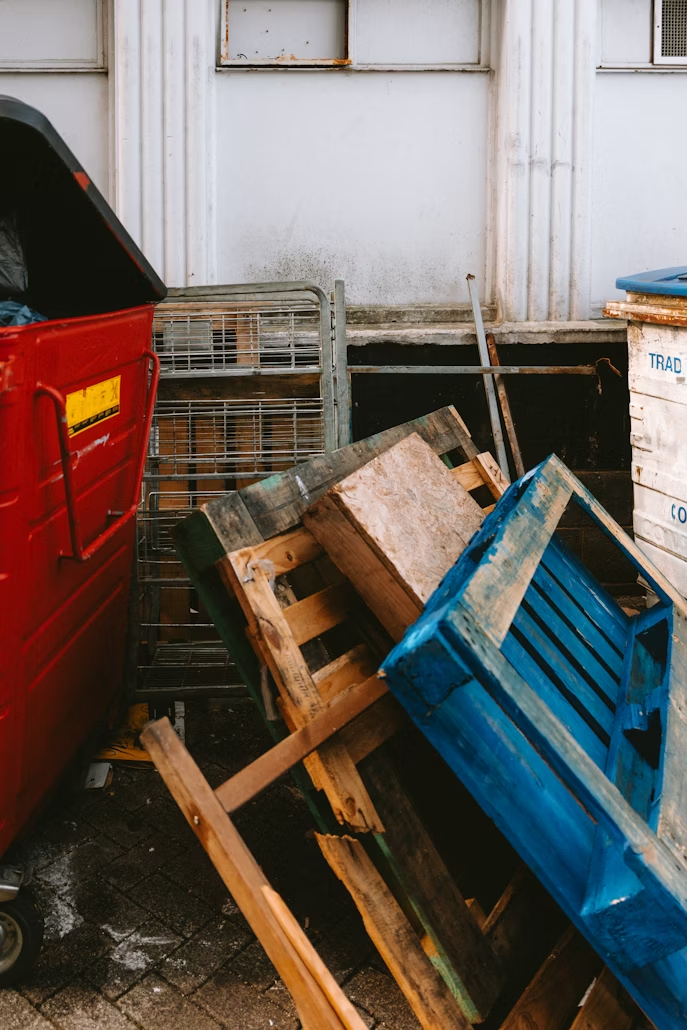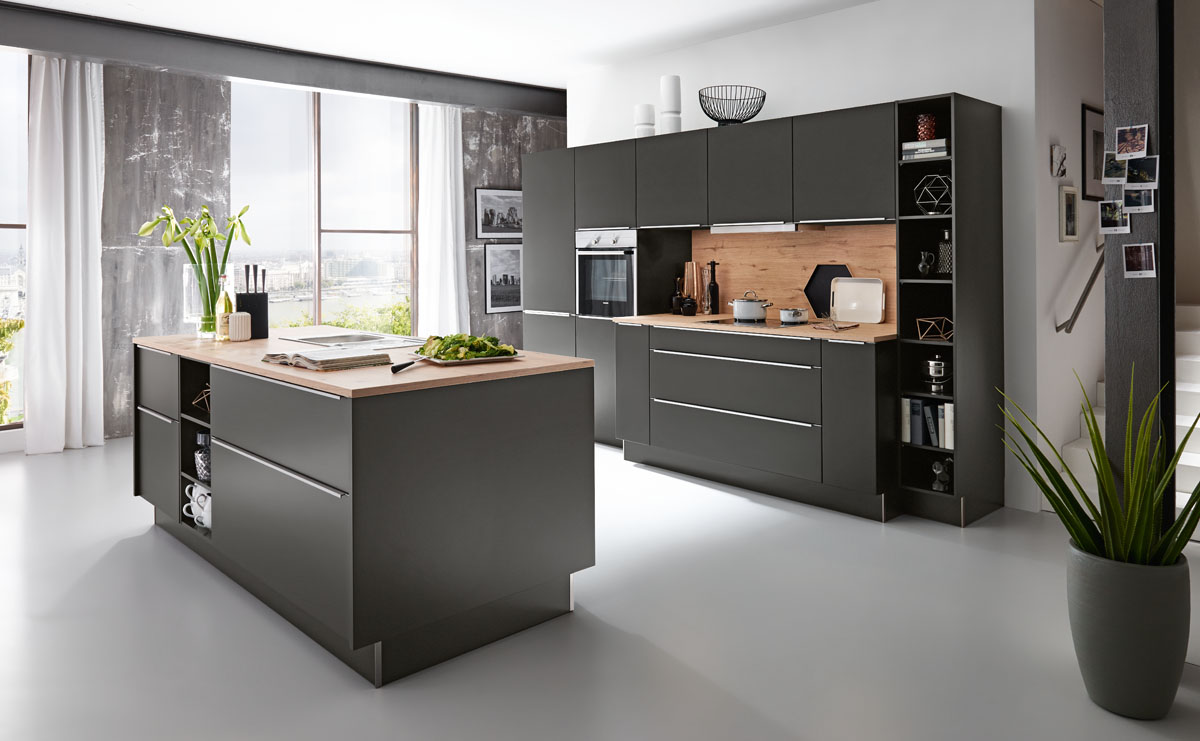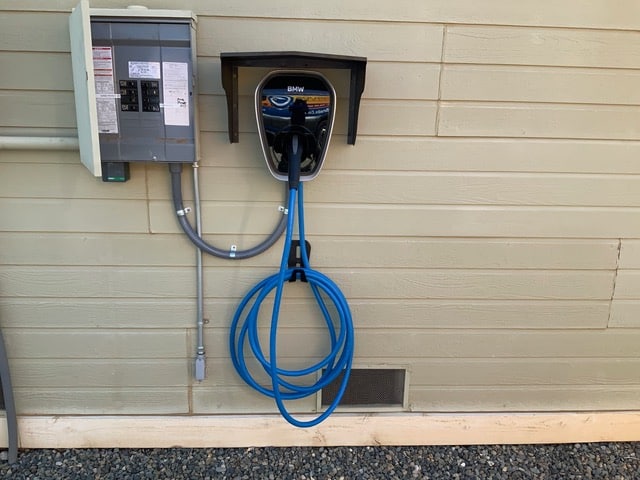
Searching for affordable dumpster rentals usually means you’re juggling a budget, a timeline, and a growing pile of debris. Whether you’re clearing out a garage, remodeling a kitchen, or running a small jobsite, the best way to keep costs down is to match the bin to your debris, schedule it to your pace, and avoid the common add-ons that inflate invoices. This guide walks you through sizes, pricing factors, placement, and money-saving tactics so you can rent once, load once, and finish cleanly.
If you’re looking for dependable and budget-friendly waste solutions, Junk Rescue AZ offers reliable dumpster rental services tailored to residential and commercial projects. With clear pricing, flexible scheduling, and responsive service, they help homeowners and contractors keep cleanup simple and affordable from start to finish.
What “affordable” really means in dumpster rentals
Low sticker prices are tempting, but affordability is total cost from delivery to pickup. That includes:
- Base rate by size (delivery, placement, pickup).
- Included weight (tonnage allowance). Overweight fees come from landfill scale tickets and can erase any savings from a low base price.
- Rental window (days included, cost for extensions).
- Material policies (what’s allowed, what needs special handling).
- Swap or extra haul fees if you fill up early.
A truly affordable option is the one that covers your volume and weight realistically, fits your timeline, and minimizes surprises.
Size basics (and how to right-size your bin)
Dumpster sizes are measured in cubic yards. Exterior dimensions vary by manufacturer, but these use cases will get you close:
- 10-yard (≈ 3 pickup loads): Bathroom refresh, small kitchen demo, light roofing on a modest home, tight garage cleanout.
- 15-yard (≈ 4–5 pickup loads): Multi-room decluttering, medium remodels, small deck removal.
- 20-yard (≈ 6–8 pickup loads): Whole-home purge, larger renovations, bulky furniture, moderate roofing.
- 30-yard (≈ 9–12 pickup loads): Big remodels, estate cleanouts, steady framing/drywall debris.
- 40-yard (≈ 12–16 pickup loads): Large commercial cleanouts or new construction with light, bulky scrap.
Money-saving rule: If your pile will clearly overflow the smaller size, stepping up one size is cheaper than paying for a second haul and losing time.
Weight vs. volume: the #1 hidden cost
Two bins can look equally full but weigh very differently. Landfills charge by weight, and your rental includes a weight allowance. If you exceed it, overweight fees apply.
- Dense materials: roofing shingles, tile, plaster, brick, dirt, and concrete hit weight limits fast, even with space left in the container.
- Light but bulky: furniture, clothing, packaging, yard trimmings (no dirt/rock) are easier on weight; here volume drives the decision.
Tip: If your project includes heavy debris, ask about a dedicated heavy-material bin or a higher allowance up front. Paying for the right plan beats surprise overages.
How pricing usually breaks down
While numbers vary by city, affordable quotes tend to be transparent and cover:
- Base size rate (5–7 days common for short jobs).
- Included tonnage (clearly stated).
- What adds cost (extra days, overweight, special items like tires or appliances with refrigerant, street permits if required).
If a quote looks unusually low but won’t commit to weight allowance or policies in writing, expect surprises later.
Smart placement that saves money and time
A two-minute site check prevents reposition fees and delays:
- Approach path: Trucks need a straight shot to lower the container; move vehicles and clear tight turns.
- Overhead clearance: Watch low branches, balconies, power lines.
- Surface protection: Boards or pads help on pavers, new asphalt, or decorative concrete.
- Driveway vs. street: Driveways rarely need permits; street placement sometimes does. Ask early.
- HOA rules: If your community limits visible equipment or hours, confirming beforehand avoids fines.
Load like a pro (and keep fees off your invoice)
- Use the back door first. Walk in heavy items, then layer lighter debris on top.
- Break down bulk. Disassemble furniture; cut long pieces so they nest.
- Lay flat items on the bottom. Doors, panels, and drywall sheets create a stable base.
- Fill gaps as you go. Small items between larger pieces reduce air pockets.
- Stay level with the rim. Heaped loads can’t travel safely and may be refused.
Common add-ons (and how to avoid them)
- Overweight: Share your material list up front, especially tile, shingles, dirt, or concrete, so the allowance matches reality.
- Extra days: If your schedule might slip, arrange an extension or mid-week swap before the last day.
- Prohibited items: Paint, solvents, batteries, and refrigerants require special handling. Ask for the disposal list and alternatives.
- Contamination: Mixing dirt or trash into “clean” loads (e.g., concrete only) can remove recycling rates and add sorting fees.
Real-world scenarios to guide your choice
Single bathroom remodel (tub, vanity, tile, drywall).
A 10-yard usually fits. Tile adds weight, flag it during the quote so your allowance covers the load.
Kitchen refresh (cabinets, counters, flooring).
A 15-yard is a cost-steady middle ground. If you’re removing stone counters, mention it; weight can jump.
Roof tear-off.
Shingles are dense. Volume-wise, a 10 or 15-yard works, but plan allowance by roof squares and layers to keep overages off the bill.
Whole-home purge.
For mixed household items and furniture, a 20-yard reduces swap risk and keeps labor moving.
Yard cleanup.
Branches and shrubs are bulky but light; 10–15-yard bins are common. Dirt and rock are a different story—ask for a heavy-material plan.
Dumpster vs. full-service junk removal (which is truly affordable?)
Both clear debris, but the value depends on your job:
- Dumpster rental is usually more economical when work takes several days or you want control over sorting and pace.
- Junk removal service includes labor and is convenient for single-day pickups or awkward items, but multiple visits add up quickly.
If you’re unsure, price both approaches and compare the total time and labor you’d otherwise spend.
Timeline tips that protect your budget
- Stage debris before delivery. Ready-to-load piles shorten your rental window.
- Book pickup when you book delivery. You can always adjust, but holding a slot avoids extra days.
- Use planned swaps. For fast-moving crews, a scheduled swap during lunch beats half a day waiting.
Quick pre-booking checklist
- Project scope and dates set
- Photos or a “pickup-loads” estimate ready
- Heavy materials identified (shingles, tile, concrete, dirt)
- Placement chosen (driveway vs. street) and permit checked if needed
- HOA rules reviewed
- Disposal list requested (what’s allowed, what’s not)
Frequently asked questions about affordability
How do I keep the quote from changing later?
Provide clear details about materials, timeline, and placement. Ask for the included weight and policies in writing.
What if I fill the bin sooner than expected?
Request a swap. It’s a quick exchange that keeps your schedule intact without opting for a massive container you won’t fully use.
Do I need to be home for delivery?
Not always. Mark the drop spot clearly, clear the approach, and your driver can place the bin and text a confirmation photo.
Can I move the dumpster after placement?
Please don’t. Dragging can damage surfaces and the container; call for a reposition if needed.
Why do some companies quote much lower?
Sometimes the base rate is low but the included weight is minimal, or prohibited-item policies are strict. Transparent quotes save money in the end.
Conclusion
When people search affordable dumpster rentals, the best deal isn’t just the lowest sticker price, it’s the right size with the right allowance, scheduled to your pace, placed where your crew can load fast, and protected from the add-ons that cause sticker shock. Junk Rescue AZ delivers exactly that, honest pricing, on-time delivery, and clear communication that keeps your project on schedule and within budget. Learn more at https://junkrescueaz.com/.







